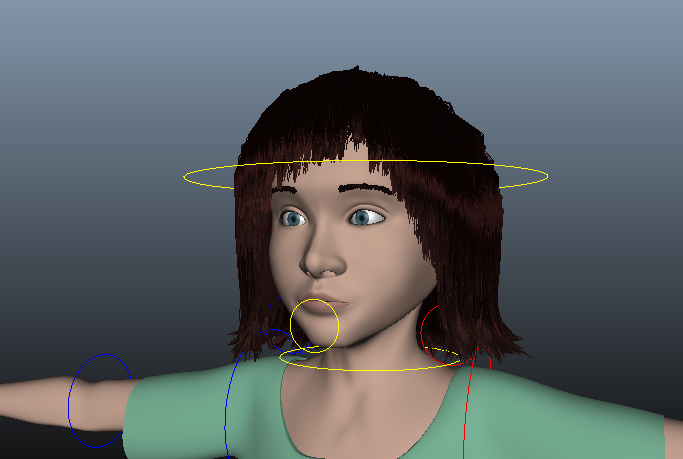This was my first time "participating" in the contest for 11SecondClub.
Briefly, the concept of 11SecondClub is to animate a lipsync with a technique of choice within a month to the selected audio file which is, of course 11 seconds long. Most of the entries are created with a 3D animation technique for the resources are quite easy and it's more doable to animate (with an already existing rig) within a month. If you don't have a working rig of your own, there are resources available online to use pre made rigs that are free to download.
After the month is finished, members have the opportunity of five days to vote for all the entries. The voting system consists of a star system from 1 to 11. (With 1 star being really bad and 11 being outstanding.) After the five days of voting are over the winner gets selected and a small price will be received. This price is getting feedback/critique from a professional animator
Since this is a competition that is pretty straight forward, there is no need to research any briefs that are associated with the competition. (I also started this way before we had discussed all that too.)
I started off with listening the audio file loads of times. I wanted to start with blocking all the movements first before I would start on the lipsync. While I was listening I tried acting out different movements to see which would fit the chosen character (downloaded from the internet) and the audio the best. Then I put the key poses together with the key words, a bit like a storyboard.
I started with the animation in a blocking manner, making all the keys in a "stepped" form. This way it's easier to see if the timing of the poses is right. Afterwards when splining the keys, there's room to change up the timing of some minor movements to make it a bit more realistic, but the main movements are then set to the certain timing I prefer. Down below are some screenshots of how the graph editor looks and the scene in Maya itself. As you can see, all lines of the keys are in a stepped manner, so when playing the animation, it'll play movement to movement. When I was content with the blocking of the animation I moved on to splines.
To spline the keys, I just have to select them all (when all the animation controls are selected) and select "spline". There will form a smooth line connecting all the dots. Sometimes the lines will go over a certain threshold (like feet going through the floor), so certain keys have to get edited to flatten them out. This will lock the feet for example in place.
I thought, since I didn't have too much movement goin on in these 11 seconds, just the default spline with some flattening here and there, fit my wishes, so in fact I would be able to move on to the lip sync part of the animation.
HOWEVER. Because Bradford Animation Festival took up way more time than I had anticipated, I only got around finishing the blocking/splining part of the animation in time. Which means that I couldn't send in my entry for the competition. A way to tackle this for a next time is to set different moments before hand, to REALLY work on this short animation (since it doesn't have to take too much time to do, here and there an hour and you could get a lot of work done in between working on other assignments) to get around finishing it earlier so I would be able to send it in.
At least I was able to practice on animating a full body before I would start on my own animation for Character & Narrative, which is really nice as well.



















































